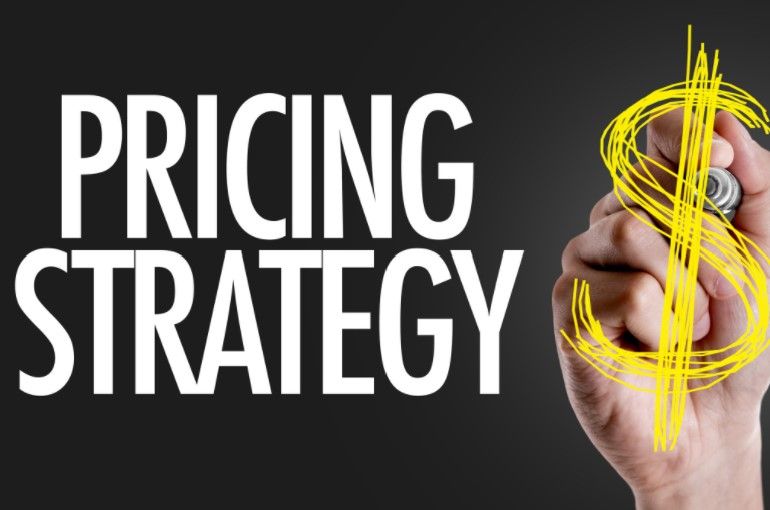The Rise of Fractional Homeownership: A Game-Changer or a Gimmick?
In today’s high-priced housing market, many would-be buyers are looking for creative ways to break in — or invest — without shouldering the full cost of a property.

The hefty investment that it is, a house should yield a healthy return at re-sale. Yet such a gain should never be simply assumed. A home that is lived in for three to four decades can start looking that way without adequate attention. Moreover, presentation should be tailored to what buyers in the market desire. In addition to making structural amendments and aesthetic improvements, owners do well to take a systematic approach to pricing the property. There is strategy behind hitting that sweet spot where seller and buyer interests intersect. Finding that optimal asking price takes forethought and keen perception.
Avoid Assumptions
A common misconception among home sellers is the idea that home values always appreciate. Often, they do -- but not always. The ultimate determinant is the market: what are buyers paying when you put your house up for sale. Things might have been more favorable six months ago, or six months from now. Worth remembering is that real estate is a commodity and the fluctuation of prices can be volatile. Another assumption involves sweat equity. New linoleum floors and ceiling fans may cost time and expense but they rarely add significant worth to a home at re-sale time.
Find Reasonable Comparisons
There was a time when owners would have to purchase a new appraisal or ask their realtors for help in learning what comparable properties, or "comps," are going for. These days, many websites provide fairly accurate in-time figures relative to neighborhood sales. Key to this activity is to discern those properties that are most similar to the subject property. The number of bedrooms and bathrooms are key, as is the total square footage. While this information can provide ballpark sales prices, refining them is better done in consultation with a seasoned and licensed realtor.
Make a Realistic Evaluation of Improvements
While the linoleum flooring noted above may not excite prospective buyers, new hardwood floors are sought after and can pay for themselves when selling the house, according to a survey by the National Association of Realtors. This is why having the agent assist in the pricing is so important. Some upgrades yield enormous additional value; others, less so. An in-ground swimming pool may have cost $20,000 to install. Still, it will not warrant adding 20K to a sales price. Many prospects would rather not be saddled with the requisite seasonal maintenance.
Learn from Others' Errors
It is a rare community that does not have at least a few houses that have sat on the market for months at a time. Over time, the asking price drops and each house loses its competitive edge. These situations can serve as object lessons to new sellers. Take advantage by scanning expired listings to determine how many times the sales prices were slashed. In many cases, these properties were highly overpriced relative to home values. The original prices are examples of where not to go in terms of calculating the most promising sales price.
Do Not Be Too Proud to Lower the Price
Facing facts and reducing the asking price is sometimes necessary. While this action is thought to lower interest, it need not do so. Any shopper who had expressed interest in the house at an online venue is alerted to the price cut and may give the house a second look. Again, availing yourself of your realtor's experience helps immensely. The agent can re-present the house at the discounted consideration, reminding the public of its assets, including the reasonableness of its cost. Accepting realities is a sound selling strategy.